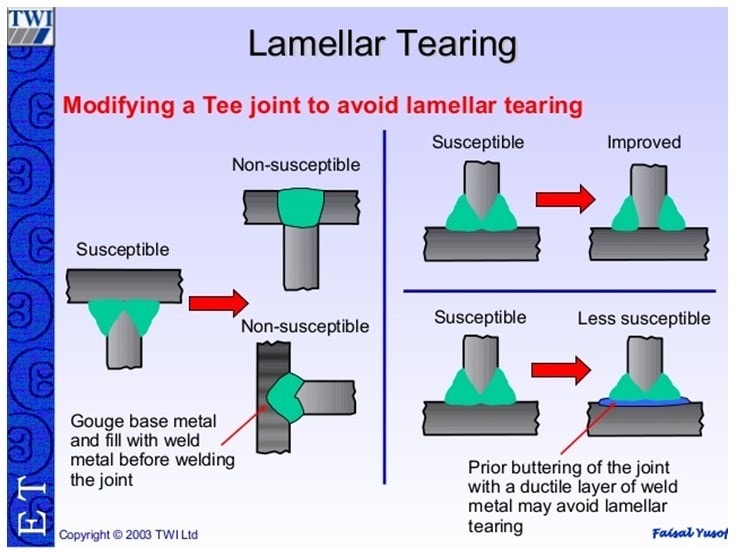Wanna_be_SE
Structural
- Oct 27, 2022
- 18
To my understanding a Complete Joint Penetration (CJP) would imply to backgouge the weld joint, but after several discussions with coworkers, etc. I'm starting to wonder if that's the case. If the weld is supposed to be a full-penetration weld, what constitutes "full-penetration"? Does that imply the weld is always backgouged, or are there certain conditions, etc. that constitute a weld being a full-penetration weld, without actually backgouging?

